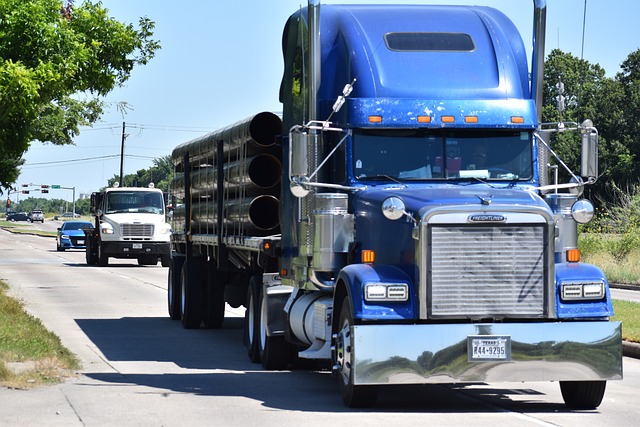Looking to register your car in California? Our step-by-step guide makes the process hassle-free. First, gather essential documents like proof of ownership and insurance. Then, head to your nearest California DMV to start the registration. Next, complete a dmv vin verification using your Vehicle Identification Number (VIN). Pay the required fees and taxes, and finally, receive your registered vehicle title and license plate.
- Prepare Required Documents for Car Registration
- Visit the California DMV to Initiate Registration Process
- Complete Vehicle Identification Number (VIN) Verification
- Pay the Registration Fees and Taxes
- Receive Your Registered Vehicle Title and License Plate
Prepare Required Documents for Car Registration

Before you start the registration process, it’s crucial to prepare all the required documents for car registration in California. This includes your vehicle’s registration certificate from the previous state, a valid driver’s license, proof of insurance, and a completed application form. One essential document is the Vehicle Identification Number (VIN) verification, which can be efficiently handled through a mobile VIN verifier or during a vin inspection at the DMV.
Additionally, you’ll need to present proof of ownership, such as a title or bill of sale, and any applicable fees for registration and title transfer. A mobile VIN verification can help ensure that your vehicle’s details match the records, streamlining the process. By having all these documents ready, you’ll navigate the car registration process at the California DMV with ease.
Visit the California DMV to Initiate Registration Process

To initiate the registration process for your car in California, you’ll need to visit a local Department of Motor Vehicles (DMV) office. This is where you’ll begin by undergoing a crucial step known as DMV VIN verification. During this process, the DMV will cross-check your vehicle’s unique Vehicle Identification Number (VIN) against their records to ensure its authenticity and establish its history.
This initial visit is also when you can obtain necessary documents like registration forms and, if needed, arrange for a mobile VIN inspection or utilize a service that offers remote verification. Remember to bring all required paperwork, including your car’s title, as well as any identification documents, to make the process smoother.
Complete Vehicle Identification Number (VIN) Verification

Before registering your vehicle in California, it’s crucial to ensure that your car’s Vehicle Identification Number (VIN) is valid and accurate. The DMV requires a complete VIN verification as part of their registration process. This step is essential to prevent fraud and ensure the safety of all road users.
A mobile vin inspection or using a mobile vin verifier can be convenient options for many California residents. These services allow you to verify your car’s VIN without having to visit a DMV office. By cross-referencing the provided information with reliable databases, these methods offer quick and efficient verification, making the registration process smoother and more accessible.
Pay the Registration Fees and Taxes

After completing your vehicle’s necessary inspections, including a DMV vin verification, it’s time to cover the financial aspects of registration. In California, you’ll need to pay both registration fees and taxes. The former varies based on your vehicle’s type, age, and fuel efficiency, while taxes are calculated using the vehicle’s assessed value. You can opt for a mobile vin inspection service to streamline this process, as these professionals can handle the paperwork and calculations for you conveniently.
Remember that timely payment is crucial to avoid penalties. Once all fees are paid, you’ll receive your registration certificate, which confirms that your car is legally registered in California. Keep this document secure, as it’s essential for future interactions with the DMV or law enforcement regarding your vehicle.
Receive Your Registered Vehicle Title and License Plate

After successfully completing the registration process at the California DMV, including providing necessary documentation and passing any required inspections, you will receive your official Registered Vehicle Title and License Plate. This is a crucial step in ensuring your vehicle’s legal status on California roads. The title serves as proof of ownership, while license plates are both a means of identification and a requirement for operating your car legally.
It’s important to note that many individuals opt for a mobile vin verifier or conduct a mobile vin verification/inspection to streamline this process. This involves using advanced technology to cross-reference the Vehicle Identification Number (VIN) with state records, ensuring all details are accurate and providing peace of mind before hitting the road.
Registering a car in California involves several straightforward steps. By preparing the necessary documents, visiting your local DMV for initiation, completing a VIN verification, paying associated fees and taxes, and finally obtaining your registered title and license plate, you’ll have successfully navigated the process. Remember that accurate dmv vin verification is crucial to ensuring a smooth registration experience.
